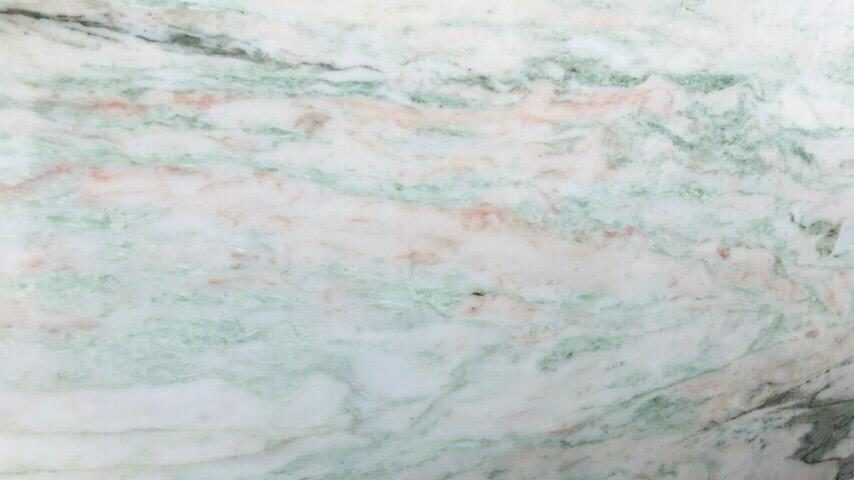Artificial Marble and Natural Marble

A Complete Guide On How To Choose The Right Wash Basin For Your Bathroom
January 22, 2022
Small Chill Out Corner Garden Ideas
February 1, 2022The pristine elegance of marble has made it one of the savviest home decor choices for homebuyers. Marble flooring in the living room or a marble-top kitchen counter can add eye-catching beauty to the intrinsic state-of-art décor. Are you wondering if artificial marble is real marble? Let’s find out how natural marble and artificial marble are different! natural marble and artificial marble
Natural Marble
Marble is a metamorphic stone composed mostly of calcite. It is a form of limestone which has changed over the years owing to tremendous pressure and heat. While some marbles are pristine white, others have myriad colour veins due to the presence of the various minerals present in the limestone.
Natural marble is a hard rock and is reactant to acidic substances; hence it changes its colours when exposed to such substances. Today, natural marble has popularity and applicability in modern home décor, such as exterior walls, sculptures, kitchen, stairs, toilet, etc.
Artificial Marble
Portraying the elusiveness of technology, artificial marble differs from natural marble in terms of geological activities. It is a human-made creation built from small marble debris, stone powder, quartz, sand, colophony, plastic, cement, and acrylic glue, mixed in a predetermined ratio. The concoction is stirred vigorously under vacuum and then kept under high pressure in a mould, to solidify, and form hard marble rocks.
Several homebuyers now prefer to have artificial marble as these are cost-effective. Their usage is mostly seen in some furniture, kitchen countertops, walls, and floors.
difference between natural marble and artificial marble
Any form of stone, especially marble, can bring out the radiance of the home, but buyers are perplexed between natural and artificial marbles. Here are some of the differentiating factors helping a homeowner make the right choice between the two kinds of marbles.
1. Myriad of Colour Patterns
Natural marble has varied colours depending upon the presence of impurities in the limestone. Artificial marble, on the contrary, has versatile colour and patterns, which enhances selection diversity. The colours are artificially added and often lack the natural colour, texture, grain, and shine of natural marble.artificial/cultured marbles
2. Maintenance
Natural marble is a precious stone with a high maintenance cost. It is a hard but brittle stone and can become discoloured or chipped after a span. So, often it is recommended to have it resealed every six months. The owners of natural marble must avoid spilling oil, acidic substances, or cleaners that are not compatible with the marble as it can damage the stone.
Cultured/ artificial marble, on the other hand, is a non-porous substance that requires lower maintenance and upkeep. The process of creating artificial marble makes it resistant to oil, stains, and discoloration. Even regular cleaners are compatible with artificial marbles.
3. Weight
As compared to the natural marble, the cultured marbles are comparatively slimmer and lighter, thereby enabling portability with ease. Its light-weight makes it easier to install and enhances cost savings.
4. Homogeneity
Every natural marble is different, and the chances of finding an exact pair are perilous. But as it is human-made, artificial marbles are homogenous and buyers can find a plethora of similar samples for implementation. Besides, artificial marbles have double-sided uniformity, so implementation depends upon the buyer’s preference.
5. Heat Resistance
Natural marble is formed by geographic activity, undergoing immense heat and pressure, while artificial marbles lack heat resistance. The mixture for creating artificial marble comprises glue, which risks it melting or burning under high temperature.
6. Price
Natural marble is expensive as this is a premium stone whose cutting, quarrying, and availability make it costly. On the contrary, artificial marble is less expensive as it can be easily created in a quarry with a mix of few elements and solidified in a mold.
7. Installation
Being a hard stone, natural marble requires a skilled workforce for installation, or else it leads to curling, cracking, discoloration, and popping of marble veins. However, cutting, installing, and adjusting artificial marble is hassle-free as these are less fragile.


